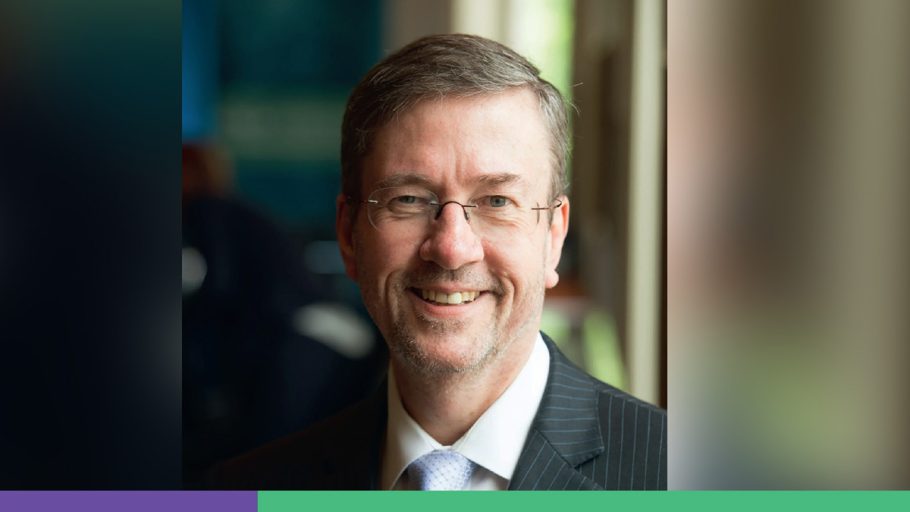Dr. Daniel S. Hamilton is non-resident Senior Fellow at the Brookings Institution, Senior Fellow at the Foreign Policy Institute of Johns Hopkins University SAIS, and President of the Atlantic Basin Initiative in addition to his executive role with the Transatlantic Leadership Network. A widely-recognized expert on US foreign policy and on European, Eurasian, and transatlantic security, economic, and political affairs, he is quoted frequently in major global media and has testified on numerous occasions before committees of the US Congress and European parliaments.
What is the significance of Atlantic Convergence 2024 to you?
Globalization is about how continents connect, and if you look at how the four continents of the Atlantic are connecting, there are a lot of interesting facts that we should keep in mind. Commercial flows across the Atlantic are bigger than across the Pacific: The Atlantic is the busiest ocean in the world and has the densest digital connections in the world. You wouldn’t know that by reading the newspaper. The Atlantic also brings together North America, South America, Africa, and Europe—it’s not just about “transatlantic” now but “Pan-Atlantic.”
This first conference was is an important acknowledgment of this dynamic and all these interconnections, especially as digital connectivity drives Atlantic convergence. If you want to provide access to a billion people who don’t have reliable sources of energy, digital transformation is going to empower the energy transition. If you want to give a billion people in the Southern Atlantic access to the Internet, then you have to start to connect across the South. If you want to get a full picture of the ocean itself—to solve for challenges around climate change, trafficking, and piracy—you need digital tools to get that picture.
How does the Transatlantic Leadership Network fit into the overall interconnection ecosystem model, which encompasses the convergence of subsea and terrestrial fiber, subsea cables, neutral IX, and data centers?
About 15 years ago, we realized that for all the talk about the rise of the Pacific, there wasn’t much attention being given to the connections across the Atlantic. We wanted not only to recognize both the challenges and the opportunities that lie in the South Atlantic region and the larger Atlantic Hemisphere, but also to educate people about them and encourage a more interconnected world.
So, we’ve conducted a lot of research and published a number of books on the subject. We also have several working groups that bring together practitioners, private sector leaders, and policy analysts to talk about the dynamics of the new Atlantic. For example, we have the Digital Working Group and the Atlantic Energy Forum.
What do you expect from Atlantic Convergence 2025?
This event is the beginning of something really big, because the digital build-out in the Atlantic will only continue and accelerate. It’s not just about laying cables—it’s about connecting. There are still millions of people in the world who aren’t connected, particularly in Africa and South America, so that’s where the newest interconnection action will be for companies and governments. Digital connectivity can help these stakeholders just as much as these stakeholders can help digital connectivity, and that’s the new horizon. The first iteration of this conference was excellent, and I expect with another year of building a Pan-Atlantic network and additional research, we’ll come back even stronger.



